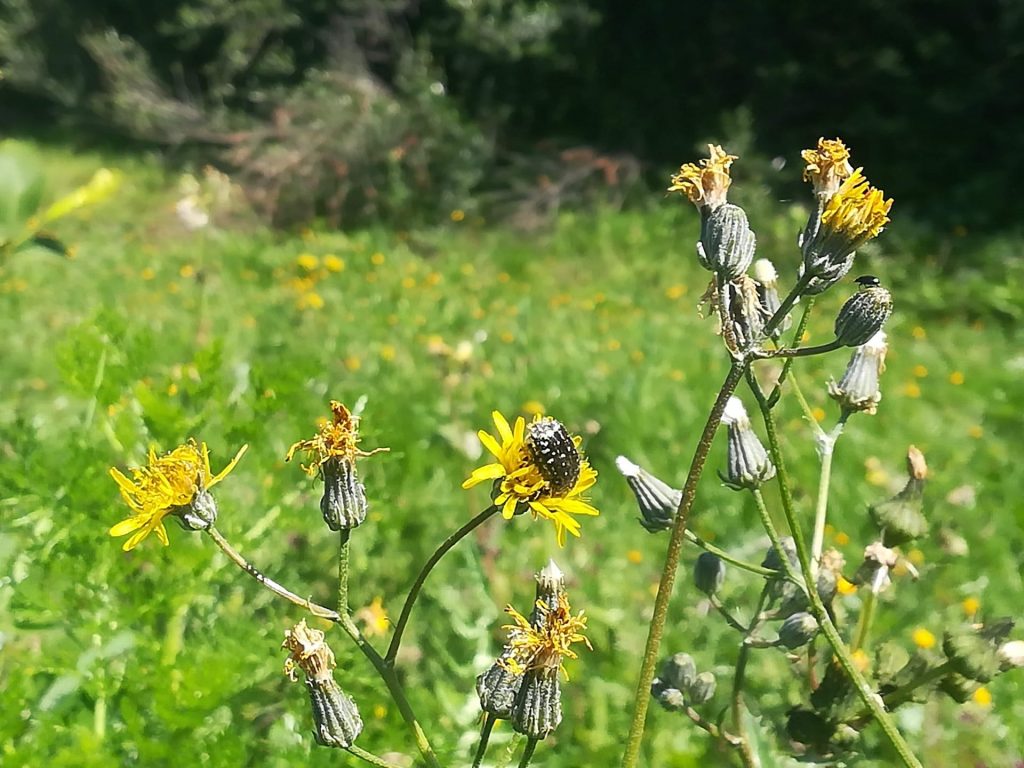Guide to good practices
We offer you actions and training to cultivate agricultural health and produce in total respect of the environment.
We can mention some of the methods that Growing for life proposes to farmers:
#1
- Continuing education : soil fertility, carbon stock, etc.
- Technical visits and tours of the plain : farm visits, Visits to plant cover trials, etc.
- Collective workshops : redesign of technical route, landscaping, etc.
- Experiments and follow-up : plant cover, biocontrol, etc.

#2

Ecosystem optimization
Different agricultural practices are proposed to farmers where the most appropriate one is implemented:
- Management of living soils: the use of techniques to reduce soil degradation and improve soil fertility (soil covers, mulching , incorporation of crop residues, biofertilizers, OM inputs, etc.).
- Areas of Ecological Interest – EIS / Agroecological Infrastructures – IAE : to benefit agrobiodiversity. These fixed elements of the landscape favor the refuge, the nourishment, the development and the regulation of all the species.
- Landscape management : restructuring of the landscape (density and connectivity) to provide shelter and food (various pollen and nectar, prey and alternative hosts) with the aim of maintaining and increasing crop protection agents.
- Conservatory orchard : Preserving ancestral genetic diversity, allows you to store different tastes, shapes and production qualities.
#3
Management of agroecological crops
The implementation of agronomic practices to restore agroecosystems are divided into:
- Pest and Disease Management: to keep pest populations below the level of economic damage through integrated crop protection – ICP.
- Tree health management: to manage nutrient uptake after considering crop needs and its interaction with soil and irrigation.

#4

Technical, economic and energy efficiency
This transition can be summarised by taking into account input use, agricultural practices and energy consumption:
- Energy source: to encourage the adoption of renewable energy on the farm (solar panels etc.).
- Energy efficiency : to qualify the performance of the operation. It makes it possible to consume less carbonizing energy for certain agronomic practices
(Irrigation, fertilization, PPP) using conservation agriculture techniques. These technologies increase the storage capacity of soil C (fixation of CO 2 atmospheric) and reduce CO emissions 2 from the ground to the atmosphere.
